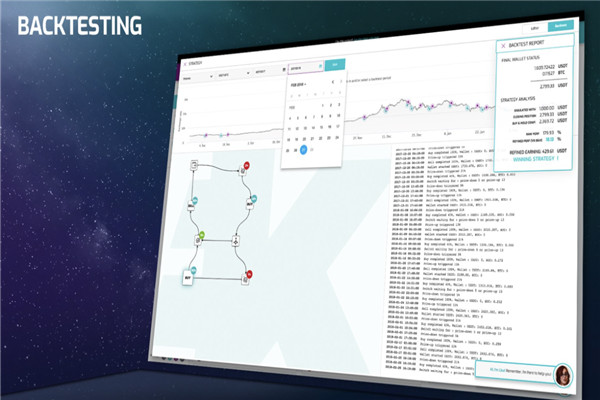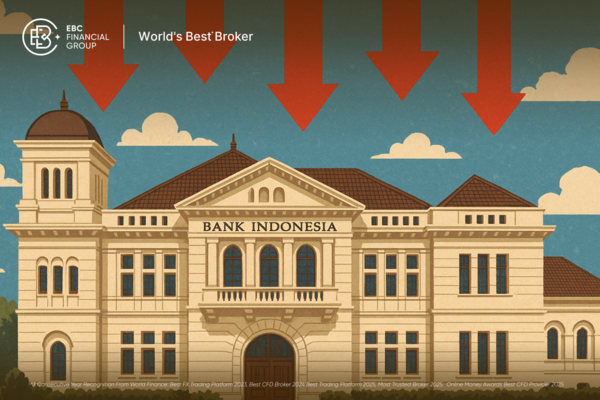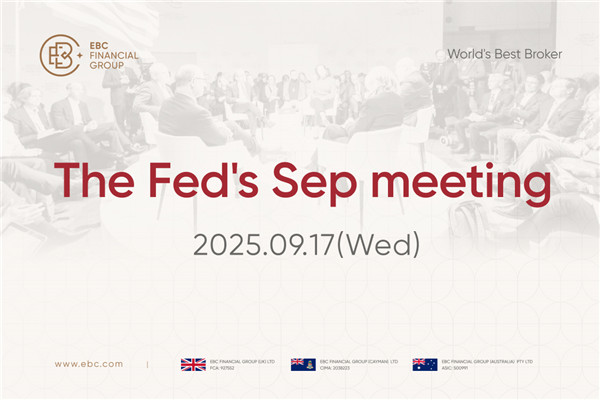Adding positions refers to the operation of further increasing the investment amount or quantity on the basis of existing positions. In investment trading, adding positions is usually based on traders' judgment and expectations of the market situation, believing that the current price is reasonable or expected to rise. Therefore, they choose to continue increasing investments on the basis of their holdings in order to obtain higher returns. On the contrary, if traders believe that the market situation is unstable or the downward trend is obvious, they may choose to reduce or close their positions to avoid risks. Adding positions requires traders to carefully consider and not blindly follow the trend. They should make decisions based on their own risk preferences and financial strength.

Firstly, when investing in forex, traders generally find that their trading is systematic by analyzing their forex market transactions. But if you increase the position, you will find that you have actually used the second trading system; In terms of trading risk, adding positions undoubtedly increases our investment risk, as we have already increased our own positions through adding positions. As our positions increase, our profits will naturally increase accordingly.
Secondly, if we choose to increase our position during forex speculation, it means that we already have a position, which is commonly referred to as a trial warehouse receipt. If the trial warehouse order does not follow the market trend, traderscan stop the loss first and then conduct the trial warehouse again. If our trial warehouse order has been successful, it indicates that we have made a certain profit. At this time, if we increase the position, the risk we bear is still the risk of our trial warehouse order. In this sense, adding positions can actually be considered as a risk prevention and control measure for trades to reduce their total capital exposure.
Thirdly, in general, the prerequisite for adding positions is that the fluctuation trend of the exchange rate has been predicted, and there will be strong market trends in the future. Only under this premise, the risk of traders choosing to increase their positions is the lowest. In fact, in summary, if there is a loss in a position, the stop loss reduces one's own loss; If there is a profit in a position, it is the essence of adding positions to expand one's own profits.
Operation Mode
If the direction of the market is confirmed, traders can consider increasing their positions if they are certain that the trend can continue. However, this must be done with a guaranteed bottom position. Do not consider positions that are too shallow.
Adding positions is usually a pyramid like method. Taking long as an example, buying a portion at the bottom, such as 80 hands, and then buying another 60 hands when the market reaches a certain level. As the price rises again, buying another 40 hands, and so on. In this way, because the number of purchases from low positions is always greater than that from high positions, one can always ensure that their holding costs are lower than the market average price. When thinking that the market is about to turn around, one or two level outs are sufficient - pay attention to leveling out as quickly as possible when leveling out.
【 EBC Platform Risk Reminder and Disclaimer 】: There are risks in the market, and investment needs to be cautious. This article does not constitute investment advice.




















